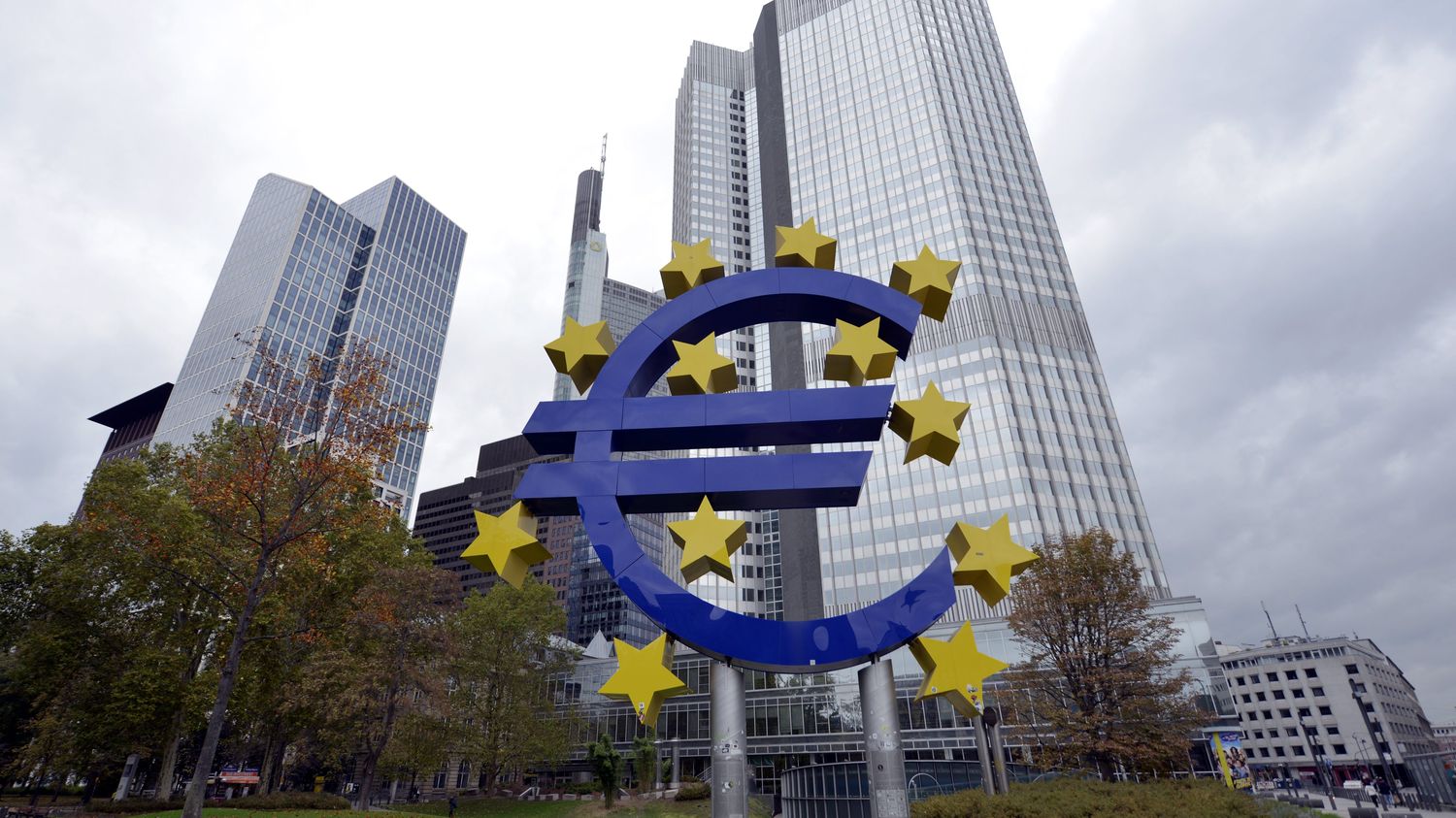The European Central Bank announced on Wednesday October 18 the launch of the “preparatory phase” of the digital euro, designed as a response to the increasing dematerialization of payments and private virtual currencies.
The idea of the European Central Bank (the ECB) is to build a digital currency, free and secure, which, if it sees the light of day, would be used for the daily payments of millions of Europeans, this is how Christine presents Lagarde, the boss of the ECB.
Whether you are an individual or a company, you could create a digital wallet, in which you would put your digital euros, with which you could pay via your phone, using an application, or via a card, but be careful. It would not be a bank card provided by a private bank like today. This card would be issued by a public institution, a town hall for example. Which means that we would not need a bank account, in a commercial establishment, at BNP or Crédit Agricole. The digital wallet would, in theory, be directly attached to the European Central Bank.
>> Cryptocurrencies at the heart of money laundering and financial intelligence crime activities
It will not replace coins and notes. This digital euro would complement hard cash. This digital euro is intended to be a response to the regular decline in cash payments: today, Europeans are increasingly using dematerialized payments. And the ECB fears that this craze will benefit private virtual currencies. This digital euro is therefore imagined as a response to foreign cryptocurrencies. The ECB also wants to strengthen the autonomy and sovereignty of Europe. Especially since other central banks, in the United States or China, are already working on the creation of their own virtual currencies.
Several obstacles to its implementation
This digital euro will not see the light of day immediately. Even though this project has been in the pipeline for a long time and we’ve been talking about it. The ECB has just decided to launch a preparatory phase which will last at least two years. Then, the European authorities (the Parliament, the Commission, etc.) will have to give official status to this currency. This represents a real technical challenge: this euro must be secure, easy to use and we must also remove reluctance.
Traditional, commercial banks are not very enthusiastic. They fear losing customers and risk slowing down the project. And then, this digital euro also raises a lot of concerns. Some see it as a new tool for governments to monitor citizens, through the control of their purchases and financial transactions. To see the light of day, this digital euro will have to convince public opinion.
